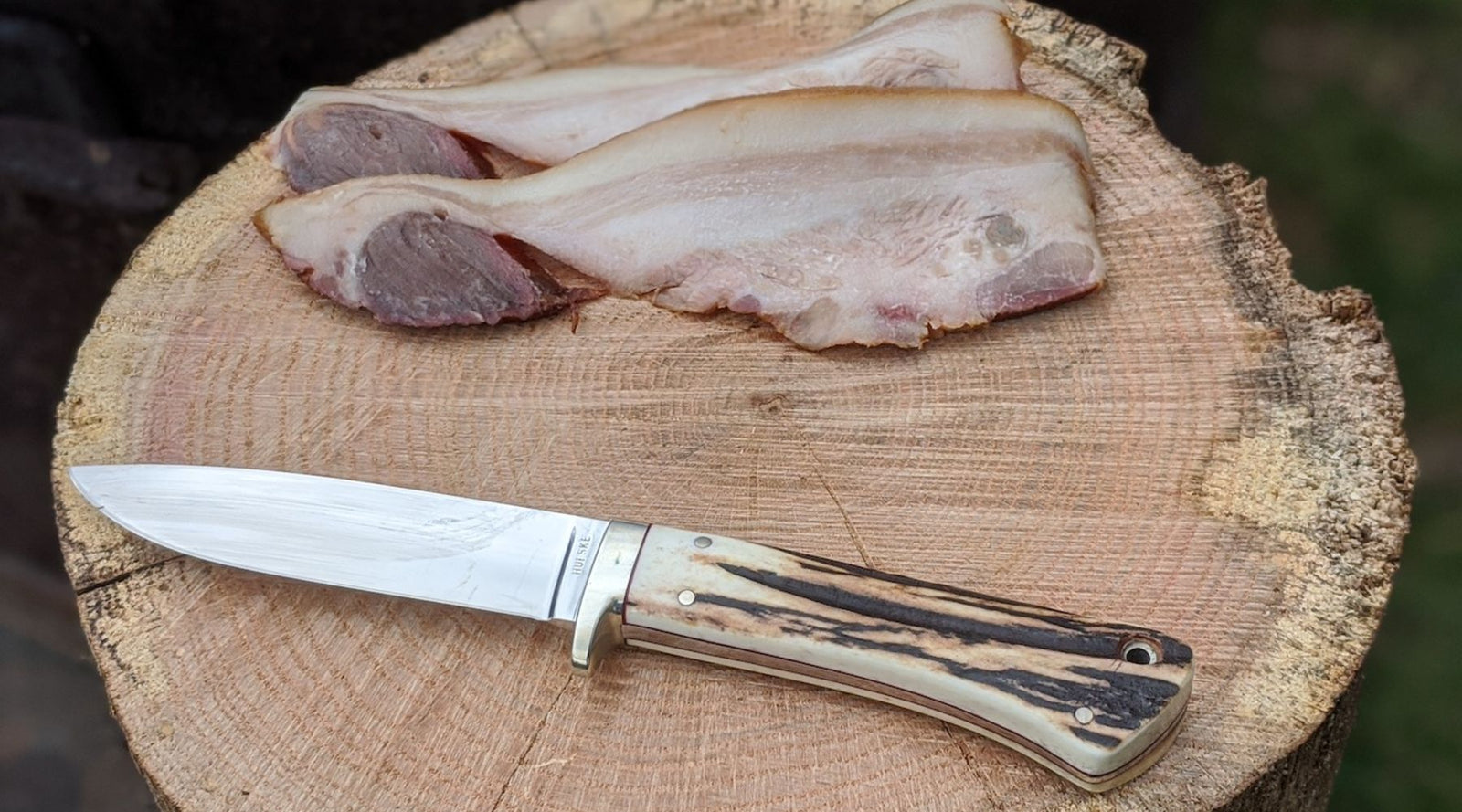Your Cart is Empty
we ship from colorado to maine

I was recently at a rented beach house, cooking breakfast for 15 people. The range was electric (I’m used to propane), the pan was nonstick (we use cast iron). The kitchen was hot, the tongs were kinda broken, and there were toddlers in and out. The first pan of bacon was a disaster, forcing me to focus on what I was doing and really get clear on the process. That prompted me to share the real deal about our bacon and how to prepare it.
Our bacon cooks slightly differently than conventional store bought bacon. For one thing, the slices are a bit thicker, which slows down cooking time and makes for a meatier, slightly chewier finished slice. North Mountain Pastures bacon will just never be paper thin and crisp as a wafer, because of the way it is sliced and the natural ingredients. But it can still be crisp, melt in your mouth, savory perfection if cooked properly. Secondly, there is a bit more inconsistency in the slice width as well as fat content, due to the variable nature of raising living creatures of mixed breeds (mostly berkshires and berkshire crosses) in a dynamic outdoor setting, and butchering them by hand in small batches. The artisanal nature of this product makes each slice and each package unique; not every slice will be an inch wide and 8 inches long as a store bought package of bacon probably will be. However, that is just something to be aware of, and notice with curiosity. The thickness and curing method is uniform, so thesize of the slice doesn’t affect it’s cooking properties, other than how it is arranged in the pan.
One thing that I think is a bit counter intuitive is the fact that good bacon needs to be cooked ‘low and slow’ - lower heat and for longer time than you think. One of the issues with bacon is getting it to be the preferred crispness without burning, and low and slow ensures this by gradually rendering out the fat from the meat into the pan. Nothing ruins Sunday morning smells and anticipation of a fine breakfast than the smoke alarm blaring and the house full of smoke (ask me how I know!). Avoid the burning of bacon at all costs. The smoke point of lard (pork fat) is ~374 degrees F. Natural sugar used in our bacon also tends to brown rapidly and raise the temperature of the pan fast. When in doubt, lower the heat. And don’t walk away.
More Master tips on bacon cooking

However you eat your bacon, straight from the pan or in gourmet concoctions, may it be pasture-raised and perfectly crisped!
Enjoy, and thanks for supporting local farming while eating your bacon!
~Brooks and Anna